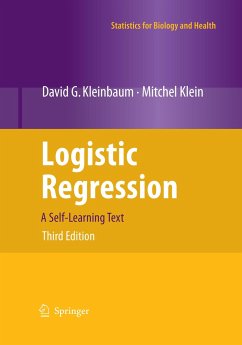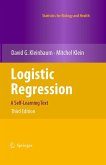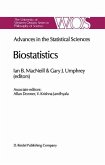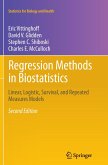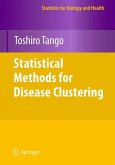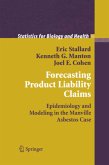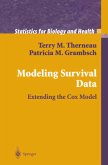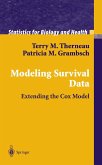This is the third edition of this text on logistic regression methods, originally published in 1994, with its second e- tion published in 2002. As in the first two editions, each chapter contains a pres- tation of its topic in "lecture?book" format together with objectives, an outline, key formulae, practice exercises, and a test. The "lecture book" has a sequence of illust- tions, formulae, or summary statements in the left column of each page and a script (i. e. , text) in the right column. This format allows you to read the script in conjunction with the illustrations and formulae that highlight the main points, formulae, or examples being presented. This third edition has expanded the second edition by adding three new chapters and a modified computer appendix. We have also expanded our overview of mod- ing strategy guidelines in Chap. 6 to consider causal d- grams. The three new chapters are as follows: Chapter 8: Additional Modeling Strategy Issues Chapter 9: Assessing Goodness of Fit for Logistic Regression Chapter 10: Assessing Discriminatory Performance of a Binary Logistic Model: ROC Curves In adding these three chapters, we have moved Chaps. 8 through 13 from the second edition to follow the new chapters, so that these previous chapters have been ren- bered as Chaps. 11-16 in this third edition.
From the reviews of the third edition:
"The third edition of this book continues the tradition of the authors of a two-column book that really does act as a self-learning text. The left-hand column is like a collection of PowerPoint slides, including generic-style computer output and diagrams to visualize the relationship between concepts. Each chapter contains about 10 exercises, some routine calculation and some asking for explanation of particular points. Answers are provided immediately. ... The reference list includes about 40 items and has been updated to include publications up to 2008." (Alice Richardson, International Statistical Review, Vol. 79 (2), 2011)
"The third edition of this book continues the tradition of the authors of a two-column book that really does act as a self-learning text. The left-hand column is like a collection of PowerPoint slides, including generic-style computer output and diagrams to visualize the relationship between concepts. Each chapter contains about 10 exercises, some routine calculation and some asking for explanation of particular points. Answers are provided immediately. ... The reference list includes about 40 items and has been updated to include publications up to 2008." (Alice Richardson, International Statistical Review, Vol. 79 (2), 2011)

